10 Best Practices & Advanced Techniques in Navisworks for Architects & Civil Engineers
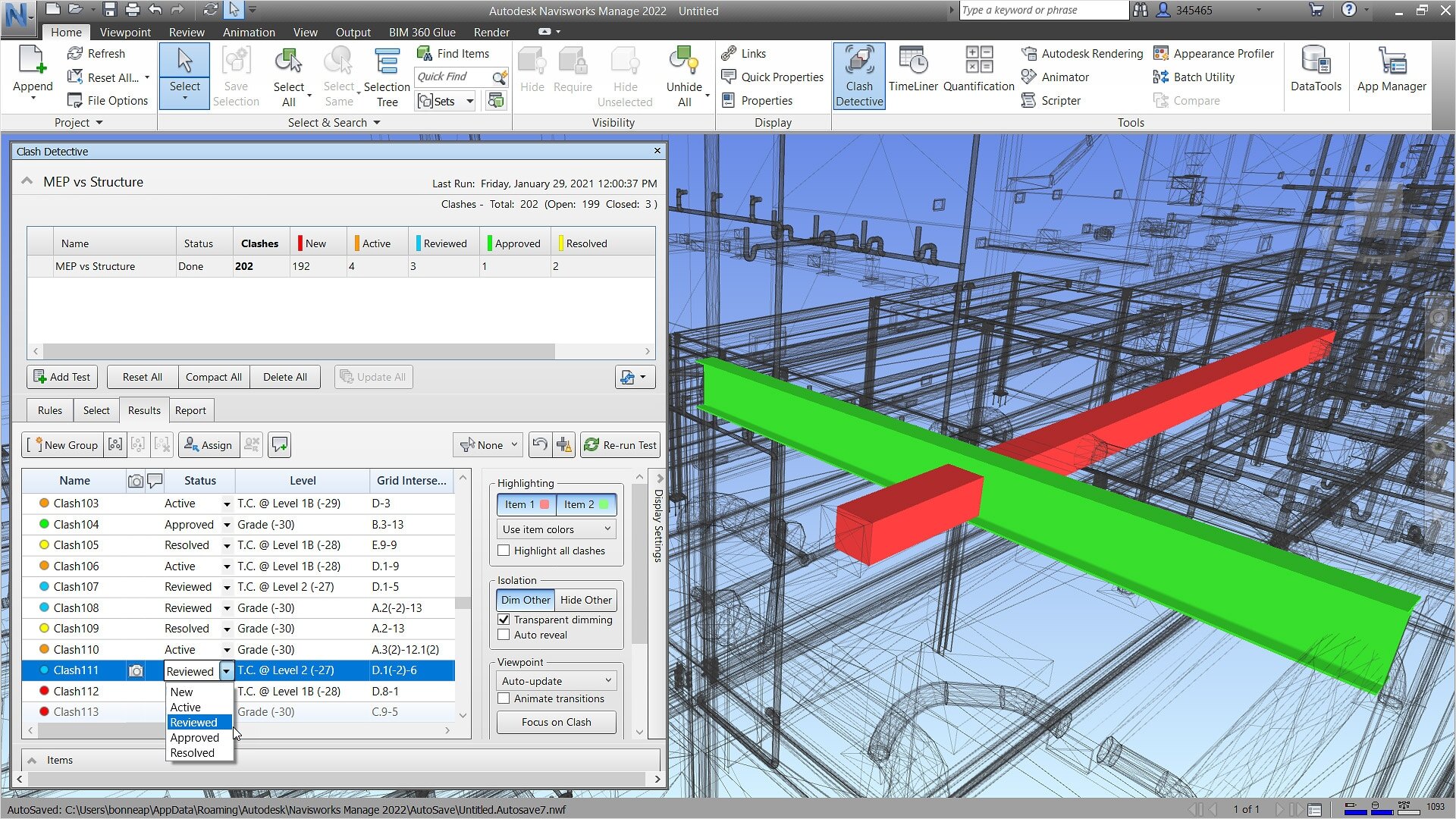
Table of Contents
The Architecture, Engineering, and Construction (AEC) industry relies on digital coordination to manage increasingly complex projects. Autodesk Navisworks has become a leading BIM coordination software due to its ability to merge multiple models, detect clashes, simulate timelines, and streamline team communication. With enhanced cloud connectivity and automation features, professionals now depend on Navisworks best practices and advanced modeling techniques to improve productivity, reduce rework, and achieve better project outcomes.
This guide explains why Navisworks is one of the best BIM coordination tools, covering clash detection, 4D simulation, model integration, and essential Navisworks best practices for smoother project delivery. Ideal for architects, engineers, and contractors seeking top BIM workflows to cut rework, boost accuracy, and streamline coordination across complex construction projects.
What is Navisworks?
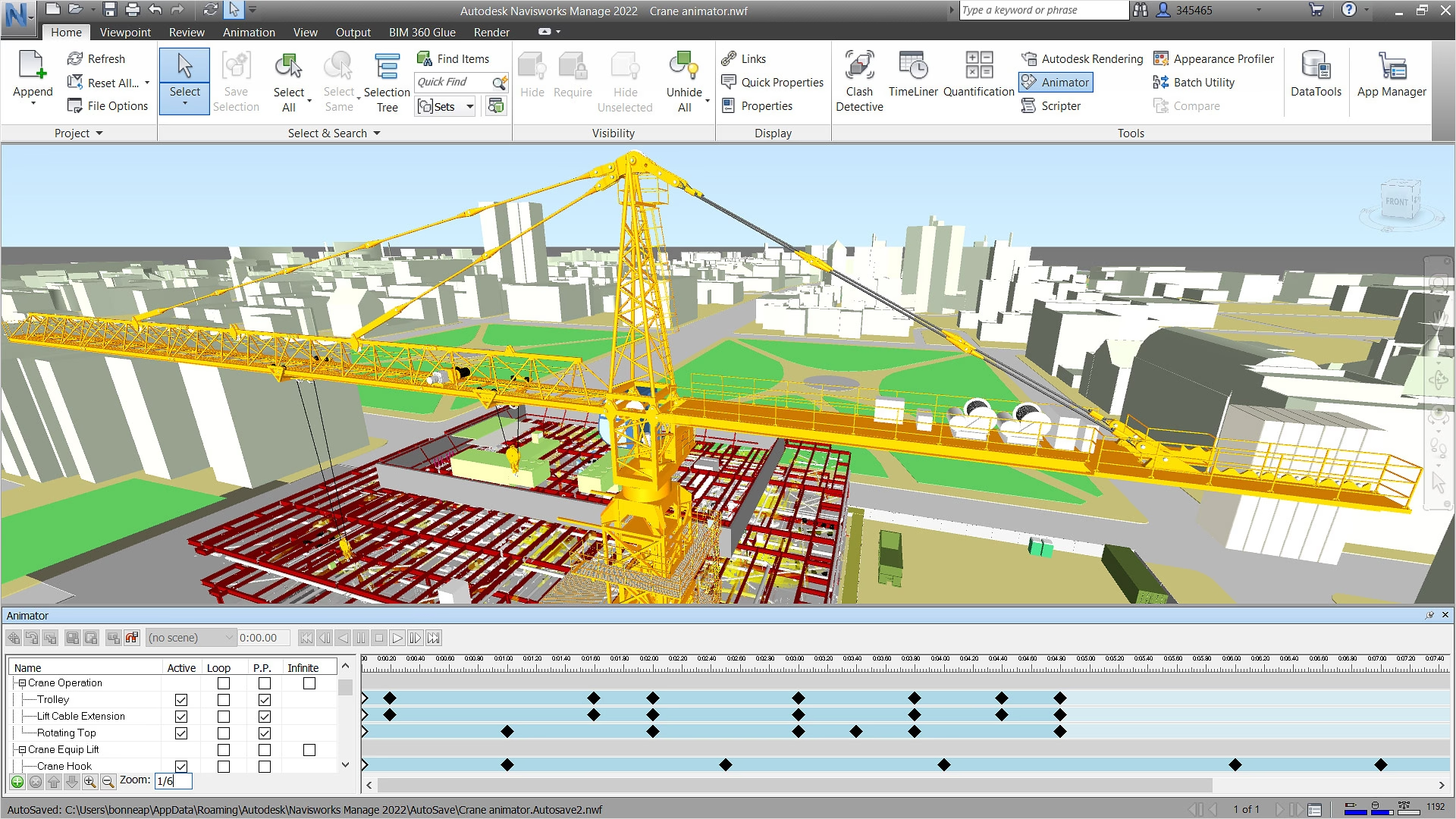
Developed by Autodesk, Navisworks is a 3D modelling software for comprehensive design visualisation and coordination. So, if you are wondering what is the purpose of Navisworks and what are Navisworks' best practices, here’s all you need to know!
Navisworks enables professionals to combine 3D models from various design software into a single, unified environment, providing a complete view of a project’s design. It is especially valuable for identifying potential design clashes between different systems, like mechanical, electrical, plumbing, and structural elements, before construction begins. This ability to detect and resolve clashes in the planning stage helps reduce costly rework and delays during actual construction.
Navisworks offers three main types of interfaces tailored to different needs: Navisworks Freedom, Navisworks Manage, and Navisworks Simulate.

1. Navisworks Freedom
It is a free viewer that allows users to view and explore NWD and DWF files, making it ideal for stakeholders who need to review models without modifying them. It's perfect for clients or team members who only need to inspect project details.
2. Navisworks Manage
It is the most comprehensive version, featuring advanced tools for clash detection, model coordination, and project management, enabling teams to identify and resolve issues early. It is designed for project managers and BIM coordinators handling complex construction workflows.
3. Navisworks Simulate
It sits between the two, offering features for model review, 4D simulation, and visualisation without the full clash detection suite found in Manage. This version is excellent for those who need to visualise construction sequencing and project timelines but do not require the extensive coordination tools of Manage.
5 Key Features and Benefits of Navisworks

Navisworks enhances BIM coordination by offering unified model review, automated clash detection, and data-rich simulations for streamlined design and construction.
1. Clash Detection and Coordination
Navisworks detects conflicts between structural, MEP, and architectural systems before construction begins. By identifying these clashes early, teams reduce costly site changes, improve accuracy, and streamline coordination across all project stakeholders.
2. 5D Project Simulation
The software connects scheduling and cost data directly to the BIM model. This allows teams to visualize timelines, forecast budget impacts, and make informed decisions that support on-time, cost-efficient delivery.
3. Model Aggregation
Navisworks merges files from Revit, AutoCAD, Civil 3D, and other platforms into a single coordinated model. This unified environment reduces data loss and ensures all project contributors work from accurate, updated information.
4. Quantification and Costing
Built-in quantification tools generate automated takeoffs and material counts directly from the 3D model. This reduces manual work, increases estimating accuracy, and supports reliable budget planning for construction activities.
5. Real-Time Collaboration
Cloud-based workflows allow team members to review and update models simultaneously. This ensures everyone works from the latest version, improving communication, speeding decisions, and minimizing coordination delays.
6. Advanced Rendering and Visualization
Navisworks produces realistic views and animations of complex models. These visuals help stakeholders understand design intent, evaluate options, and communicate project details more clearly during reviews and presentations.
Navisworks Plug-in for Advanced Modelling & Clash Detection

Navisworks plug-ins extend automation, clash management, BIM auditing, and visualization capabilities. They enhance workflows by streamlining repetitive tasks, improving reporting accuracy, and enabling better model navigation for complex construction projects.
Plug-ins are an “add-on” feature for software that elevates their performance. They help make the software more holistic and improve user experience. So, let’s delve into some of the most promising Navisworks plug-ins.
1. Dynamo
Dynamo is a visual programming tool that integrates seamlessly with Navisworks, enabling advanced automation and customization in your workflows. With Dynamo, you can create custom scripts to automate repetitive tasks like clash detection, model coordination, and data extraction. For example, Dynamo allows you to automate the process of checking models for specific parameters, filtering clash reports, or even generating detailed project reports.
2. Section Box
The Section Box plug-in enhances Navisworks’ model visualisation capabilities by allowing users to create custom, dynamic section boxes around specific areas of interest in a 3D model. This is useful when working with large models, where focusing on certain elements without being distracted by irrelevant details is crucial. The Section Box tool enables users to easily isolate areas for better visualisation, clash detection, or detailed review, ensuring a more targeted approach to model inspection and problem-solving.
3. Clash Manager
Navisworks' clash detection is one of its core features, but the Clash Manager plug-in takes it a step further by giving users better control over their clash detection workflows. Clash Manager allows you to organise, filter, and prioritise clashes based on their severity or relevance. It offers customizable clash grouping and more intuitive clash navigation, making it easier for teams to address high-priority issues first. This plug-in also supports collaborative workflows by allowing users to assign specific clashes to team members, ensuring accountability and effective resolution.
4. BIM Manager
The BIM Manager plug-in is designed to improve overall BIM data management within Navisworks. It provides users with tools to audit, validate, and manage BIM models more efficiently. BIM Manager allows you to track model updates, ensure data consistency, and validate that models meet specific project standards or requirements. This plug-in is helpful for large-scale projects where multiple teams are involved, ensuring that all stakeholders work with accurate, up-to-date information. It also integrates with other BIM software, helping maintain a seamless workflow across platforms.
5. Viewpoints
Viewpoints are a fundamental feature in Navisworks, enabling users to save specific views of the model for easy access during project reviews. The Viewpoints plug-in extends this functionality, allowing users to create and manage dynamic viewpoints more effectively. You can tag specific locations in a model, add notes, and even link viewpoints to specific tasks or clashes. It aids team collaboration by allowing stakeholders to focus on specific areas of the model, understand the context of issues, and track progress.
10 Best Practices for Navisworks

Implementing Navisworks best practices, such as data consistency, early clash reviews, automation, selection sets, and cloud-based collaboration, improves coordination, reduces rework, and strengthens BIM workflows for architects and civil engineers working on complex projects.
Here are some of Navisworks' best practices that AEC professionals can embrace in their profession.
1. Optimise Model Aggregation
Navisworks file types allow you to combine models from various software, such as Revit, AutoCAD, and SketchUp, into one comprehensive environment. To ensure seamless model aggregation, always maintain proper naming conventions and file structures. It’s crucial to break down large models into manageable segments and ensure they are updated regularly.
2. Use Clash Detection Early and Often
Clash detection is one of Navisworks' most powerful features, and it's important to run it early in the project lifecycle to catch issues before they escalate. Set up regular clash detection reviews and customise clash rules for specific project needs. One of Navisworks' best practices is to prioritise clashes by severity to ensure high-impact issues are addressed first, reducing costly changes during the construction phase.
3. Maintain Consistent Data Formats
With multiple stakeholders using different design software, maintaining consistent data formats is key to smooth model integration. Make sure all teams are exporting models in a format that Navisworks exporters can easily read, such as NWC or NWD files. Regularly validate data integrity to ensure no information is lost during the import process, specifically when dealing with updates or revisions.
4. Automate Repetitive Tasks Using Dynamo
Leveraging automation tools is becoming a critical best practice. Dynamo allows users to create custom scripts that automate repetitive tasks such as clash report generation, model checking, and data extraction. By using Dynamo, you can save time and ensure consistency across tasks, enabling your team to focus on more complex aspects of the project.
5. Collaborate in Real Time with the Cloud
Navisworks' cloud integration makes real-time collaboration easier than ever. Ensure all stakeholders, from designers to project managers, can access updated models and project data in real-time through cloud services like Autodesk Construction Cloud. As one of the key Navisworks' best practices, this reduces delays caused by waiting for file updates and ensures that everyone is working from the latest version of the model.
6. Regularly Audit and Clean Up Models
Keeping your models clean and well-organised is essential for preventing errors and performance issues. Regularly audit your models to remove unused elements, correct naming conventions, and eliminate outdated files. This will improve model performance, reduce processing time, and make the review process much smoother for all project stakeholders.
7. Automate with Scripts and Plugins
Automation will continue to be a key component in improving efficiency. Navisworks supports the creation of custom scripts or the use of third-party plugins that can automate repetitive tasks, such as batch file loading or clash reporting. Python scripts and Dynamo integration offer advanced ways to push the boundaries of automation within your workflows.
8. Master the Use of Quantification Tools
Navisworks' quantification tools offer a streamlined process for material take-offs and cost estimation. Make sure you're familiar with the Quantification Workbook and how to map your project’s materials accurately. By mastering this feature, you'll be able to generate detailed reports that align closely with real-world cost considerations, improving project planning and budget control.
9. Collaborate in Real-Time with BIM 360
With BIM 360 integration, Navisworks facilitates real-time collaboration across teams, no matter where they are located. Utilise this feature to create centralised communication channels, track issues, and ensure everyone is working on the latest version of the model. This collaborative approach significantly reduces the back-and-forth on model updates and errors.
10. Use Selection Sets to Organise Objects
Selection sets help group objects based on their attributes, such as material, type, or function. Organising objects into sets allows you to easily isolate, analyse, or clash-test specific groups. This practice is useful when working on large models, allowing you to filter out unnecessary information quickly.
In Conclusion
Navisworks has become a critical BIM coordination solution for digital project delivery across the AEC industry. Its automation capabilities, cross-platform integration, and data-rich simulations enable professionals to detect issues early, optimize workflows, and reduce construction risks. As organizations embrace more complex infrastructure and advanced BIM standards, mastering Navisworks will continue to differentiate skilled architects and engineers.
To build professional-level mastery in BIM coordination, explore the BIM Professional Course for Architects by Novatr. These programs provide hands-on training in Navisworks, Revit, Rhino, and other essential tools. Learn from industry mentors, apply your skills through real projects, and prepare for global BIM roles with confidence.
Visit our resources page for more insights, trends, and expert knowledge shaping the built environment.
FAQs
1. How to measure accurately in Navisworks?
Use the Measure tool to capture distances, angles, and object geometry directly from the model. Activate snapping for precision and verify model scaling to ensure measurements reflect actual construction dimensions.
2. Which version of Navisworks is best?
Navisworks Manage is the most comprehensive version, offering full clash detection, quantification tools, and advanced coordination features suitable for large, multidisciplinary BIM projects.
3. What is the difference between NWC and NWD?
NWC files are cache files used for model coordination exports, while NWD files are fully published project snapshots ideal for sharing and long-term reference.
4. Can we convert NWC to RVT?
Direct conversion is not supported. However, users can link the NWC into Revit and extract necessary geometry or reference details from it.
5. What are the different types of Navisworks?
Navisworks offers three versions, Freedom, Simulate, and Manage, each supporting different levels of model review, simulation, and clash management features.

 Thanks for connecting!
Thanks for connecting!




.png)

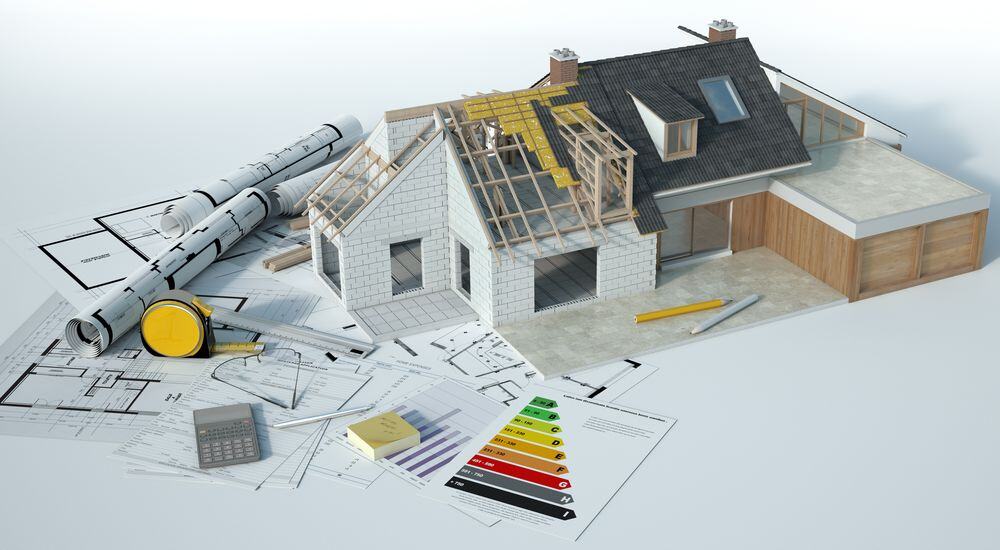
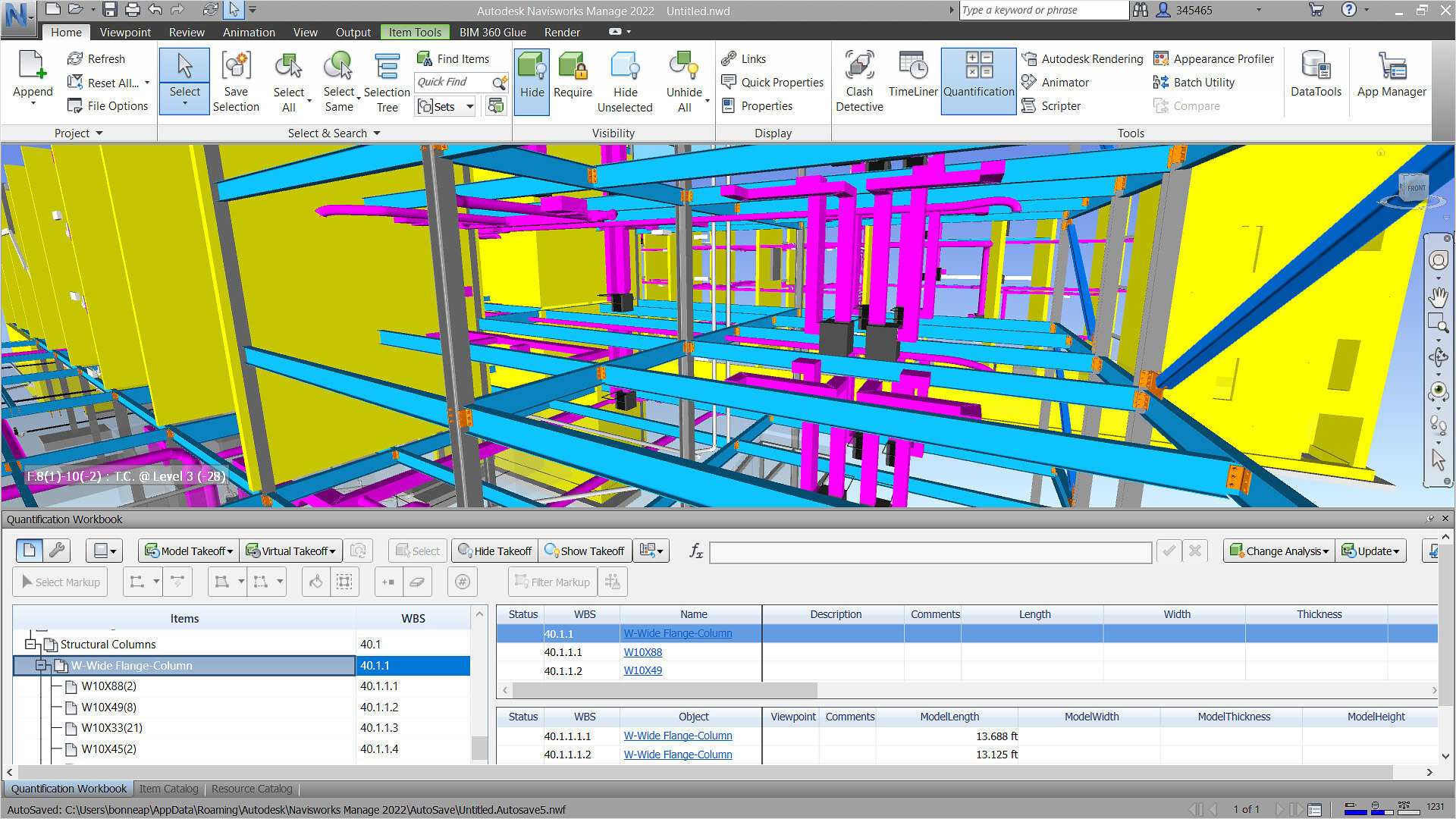
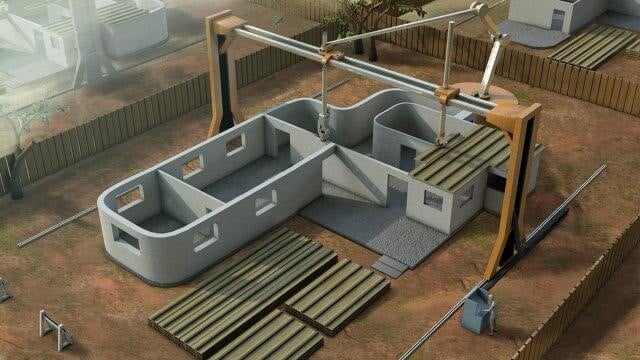
.jpg)
